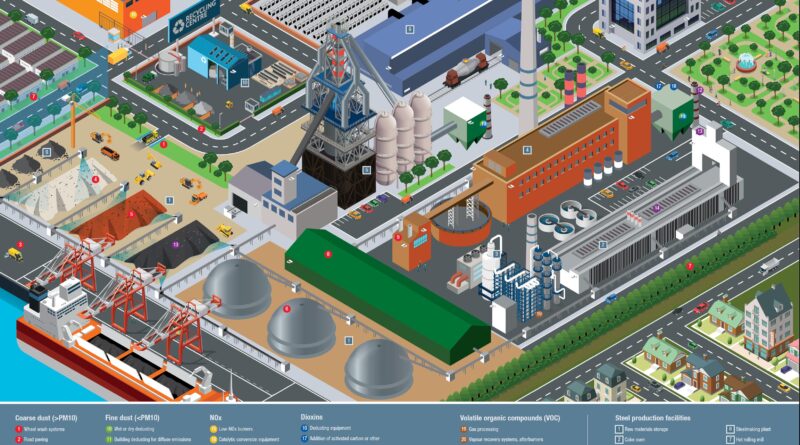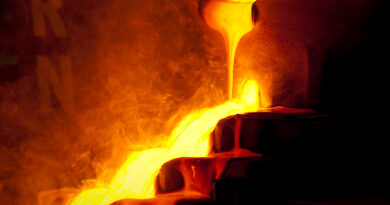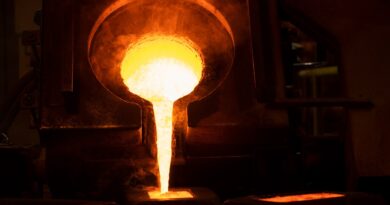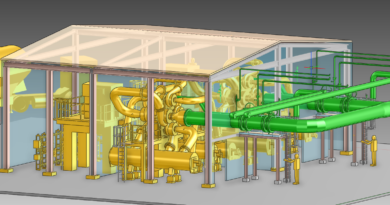Managing dust by the steel industry
Regulatory authorities often believe that imposing a specific abatement technology to manage air quality is the solution to cut emissions. But this is not always the case. A holistic approach is required to reach optimal results and focusing on a specific technology should be avoided. Let’s, for example, look at dust emissions in the steel industry and how they are managed.
First, what is dust? Atmospheric particulate matter (PM) or dust is tiny pieces of solid or liquid matter in the Earth’s atmosphere. Particulate matter can be man-made (anthropogenic) or natural. It can adversely affect human health and have an impact on the environment, climate and precipitation.
The issues surrounding the emissions of dust from the steel industry and the ambient air levels associated with it are a priority for the steel industry. There is compelling evidence that many decades of effort and technology advances have resulted in dramatic cuts. For example, dust emissions in the European Economic Area and Turkey have been cut by more than 80% since the 1990s.
The choice of one method over another is primarily dependant on the plant configuration and local circumstances. Which abatement technology or management practice to use depends on the source and the substance itself. Many aspects require to be considered, such as removal efficiency and energy requirements but also demands on water use and waste generation.
To sum up, authorities should not impose specific technologies to improve air quality but rather set appropriate emissions limits in the environmental permits of plants. Because they have an overall view on their operations, steel companies are by far the most qualified to select the most suited technology or practice to meet legislation.
Crucial to improving the quality of the air is understanding which sources are contributing to it the most. Authorities and the public at large should be aware that there is typically not one single source for emissions, not even within a steel plant.
In fact, sources can be very diverse, and it can be difficult to identify their share in the emission generation with accuracy. Further refinement of the methods used for source apportionment is, therefore, a priority and will help ensure that efforts yield the most benefits to society.




